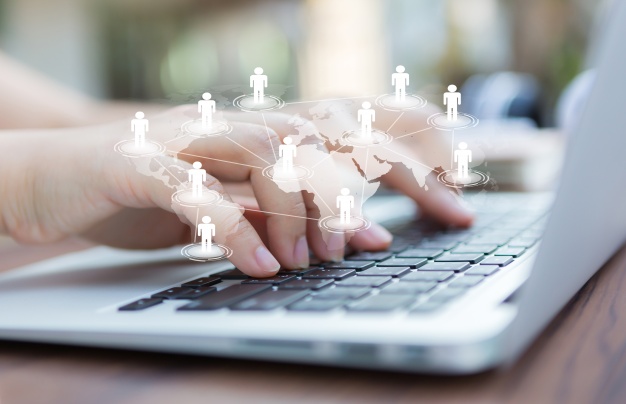The pandemic has opened the doors to a “hybrid workplace model”. Rituparna Chakraborty tells us how it will work.The world we live in today is the most social and interconnected we have ever been, and is only going to be more with the advances in technology. The last nine months, however, has shown us the perils of being social and interconnected, as the virus spread across in a matter of a few months. The pandemic made us, literally, unsocial, and in several instances to the extent of being socially ostracised. The last experience of a pandemic, not available to be shared in living memory, is not enough of an assurance that the current one would be the only one in our lifetime. This experience has exposed us, made us vulnerable, and forced us to take immediate measures to sustain livelihood. It would only be in years to come that we would be able to see and assess how we emerged from this, though there are trends that are shaping up a new world of work, a hybrid of the physical and the virtual.
There are a number of recent studies that show that the hybrid workplace is going to be a norm and the coerced adoption of this over the past few months did not impact productivity. Infact, many organisations have seen improved productivity during the period. On a closer look, the improvement in productivity could have been a result of two factors: first, the majority were experiencing a new way of working; and second, people were housebound due to the lockdowns. As things get back to how they were pre-Covid, we would need to reassess the impact on productivity as a result of increased isolation in the virtual environment and increased mobility after the unlocks.
A recent poll on our social platforms, over 70% respondents said that they expect more than 25% of their workforce to work virtually in the near future.
The hybrid workplace is not new to us, though a long-term or permanent model would come with its own challenges that would need to be weighed against the benefits. A hybrid model does encourage emphasis on productivity, reduces cost of operations and offers another avenue for HR teams to maintain better work-life balance. On the other hand, increased isolation, information security risks and managing home and work priorities could hinder productivity. An optimised hybrid workplace model would balance the challenges in a virtual environment with the benefits of physical and vice versa. Office commute time can be balanced against flexible and productive work schedules, reduced real estate cost can be balanced against enhanced security measures and increased isolation can be balanced with rotational office shifts.
The hybrid model could also have a paradigm shift in a number of HR processes, from recruitment strategies and flexi-workforce to new compensation and benefit models. The virtual environment does offer firms to hire expertise that otherwise would not be available, e.g. women professionals unable to work due to family commitments, professionals unable to travel due to disabilities, retired personnel willing to work on part-time basis. These alternatives offer significant benefit for a number of support function roles in Technology, Finance, Marketing and Customer Services, that are more attuned to virtual working.
We interacted with 100+ industry leaders over the past few months and a significant majority feel that 25-30% of support function roles could permanently work remotely.
The legendary Greek philosopher Aristotle had said, “Man is by nature a social animal; an individual who is unsocial naturally and not accidentally is either beneath our notice or more than human. Society is something that precedes the individual.” Indeed we are a social animal and cannot fathom a world without people around us. We will emerge out of this, and will adapt and evolve into a new world order that may be significantly different from what we have seen thus far. Our ability to optimise the physical and virtual work environment for safety and productivity will define how the hybrid workplace model will evolve in the coming years with the majority of the functions adopting the hybrid model with higher preference to virtual working.
Author: Rituparna Chakraborty is Co-Founder and EVP of TeamLease Services, and leads the staffing business and India’s first PPP Apprenticeship Programme. She is a Femina Super Achievers awardee in 2018, and the only person from Asia to be included in the Global Power 100 and International 50 Women in Staffing and is the winner of the Telstra Business Woman in Asia Award. TeamLease is an India-based company engaged in employment activities, operating as a temporary staffing company, and providing human resource services to various industries.
Also read by the same author: The post-pandemic skilled labour story
Image source





















